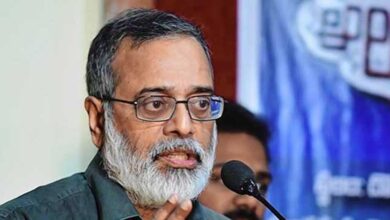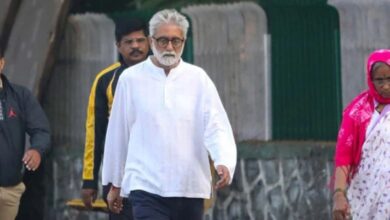India fares in 52nd in Digital quality of life
In a poll conducted by the Digital Quality of Life Index, India came in at number 52 out of 121 nations. Surfshark, a cybersecurity company, conducted the poll.

In a poll conducted by the Digital Quality of Life Index, India came in at number 52 out of 121 nations. Surfshark, a cybersecurity company, conducted the poll. The Netherlands-based company’s yearly assessment assessed 121 nations based on five criteria: internet quality, affordability, e-infrastructure, e-government, and e-security.
Digital quality of life
“In many nations, ‘digital quality of life’ has merged into the broader concept of overall ‘quality of life’. There’s no other way to look at it now that so many daily activities, including work, education, and leisure, are done online. That’s why it’s crucial to pinpoint the areas in which a nation’s digital quality of life thrives and where attention is needed, which is the precise purpose of the DQL Index”, says Surfshark spokesperson Gabriele Racaityte-Karasauske.
Last year, India was rated 59th. This indicates a seven-place improvement this time. According to Surfshark, the country’s improved internet quality is the cause of this increase. India is ranked 16th out of 121 nations in terms of the quality of the internet.
India ranks 91st in the world in terms of e-infrastructure.
India was ranked 28th, 25th, and 66th in the world for variables including internet accessibility, e-governance, and e-security, respectively.
When average internet speed is taken into consideration, the report places Singapore and Saudi Arabia in the top spots. Both of them are 300 Mbps and 310 Mbps.
Despite not having the fastest internet, it is quite stable in India. According to the survey, the country’s mobile internet speeds have increased by an astounding 297 percent. This has been connected to the broad implementation of 5G. It has been observed that fixed broadband speeds have modestly increased by 16%.
India is the nation with the best internet affordability, according to the ranking. According to reports, Indians must labor 1 hour 48 minutes a month to pay for a fixed broadband connection and 44 minutes 22 seconds to pay for a mobile internet plan.
India became first country to fulfil all its foundational DPI (Digital Public Infrastructure), this has been a chief reason for its rank amelioration.
DPIs act as a conduit for people, money, and information. First, the movement of individuals through a digital ID system. Second, money flows through a real-time quick payment mechanism. Third, the flow of personal information through a consent-based data-sharing mechanism to realize the benefits of DPIs and empower citizens with true data control.
India, through India Stack, became the first country to develop all three foundational DPIs, Digital identity (Aadhar), Real-time fast payment (UPI), and Account Aggregator built on the Data Empowerment Protection Architecture (DEPA).
So what are the pillars of India’s DPI?
- Aadhar: Aadhar is a strategic policy instrument for fostering social and financial inclusion, public sector delivery reforms, fiscal budget management, ease, and hassle-free people-centric governance. Aadhaar holders may use their Aadhaar for private sector activities willingly, and private sector firms are not required to obtain specific approval for such use.
- DigiYatra: DigiYatra is a Facial Recognition System (FRS)–based Biometric Enabled Seamless Travel (BEST) experience. In the fiscal year 2022, aviation passenger traffic in India was anticipated to reach over 188 million in airports across the country, with over 22 million being foreign travelers,
- Digilocker: DigiLocker has 150 million users, six billion stored documents, and done with a tiny budget of RS 50 crore over seven years. The users can store their documents such as insurance, medical reports, PAN card, passport, marriage certificate, school certificate and other documents in the digital format.
- UPI (Unified Payment Interface): UPI (Unified Payment Interface) now handles over eight billion transactions each month, with a monthly value of USD 180 billion, or almost 65% of India’s GDP. UPI is now the most popular of the National Payments Corporation of India (NPCI)-operated systems, which include the National Automated Clearing House (NACH), Immediate Payment Service (IMPS), Aadhaar-enabled Payment System (AePS), Bharat Bill Payment System (BBPS), RuPay, and others.
Please, also have a look into : Billions of Indians using digital structures making it the first country to develop all 3 DPIs



